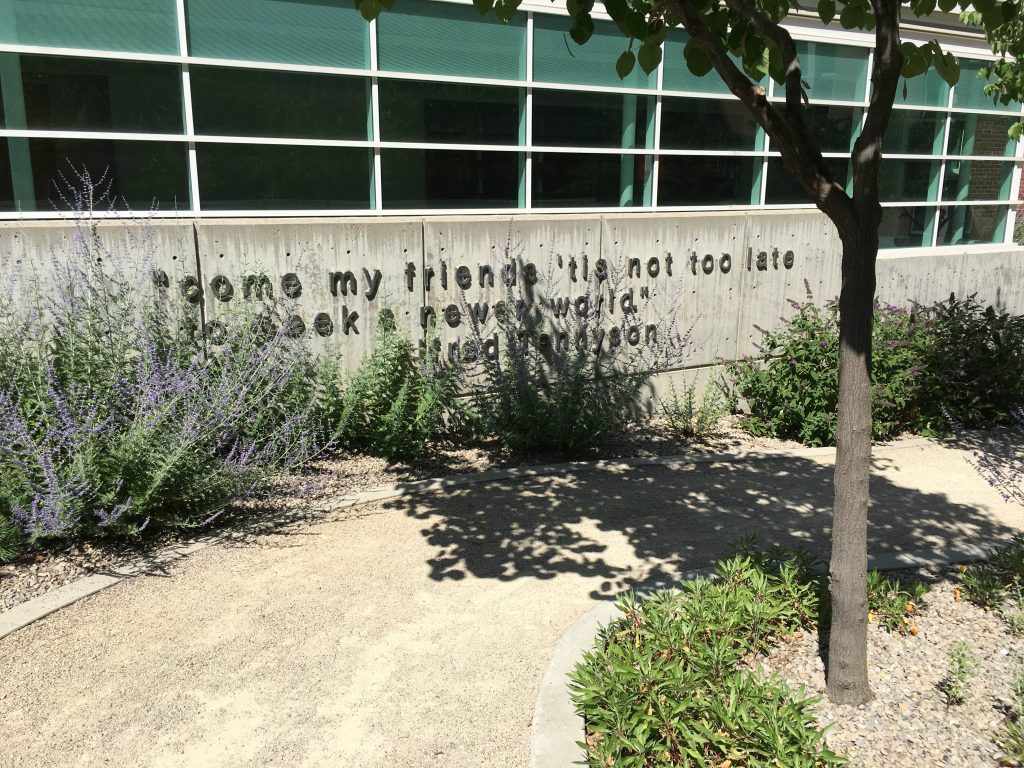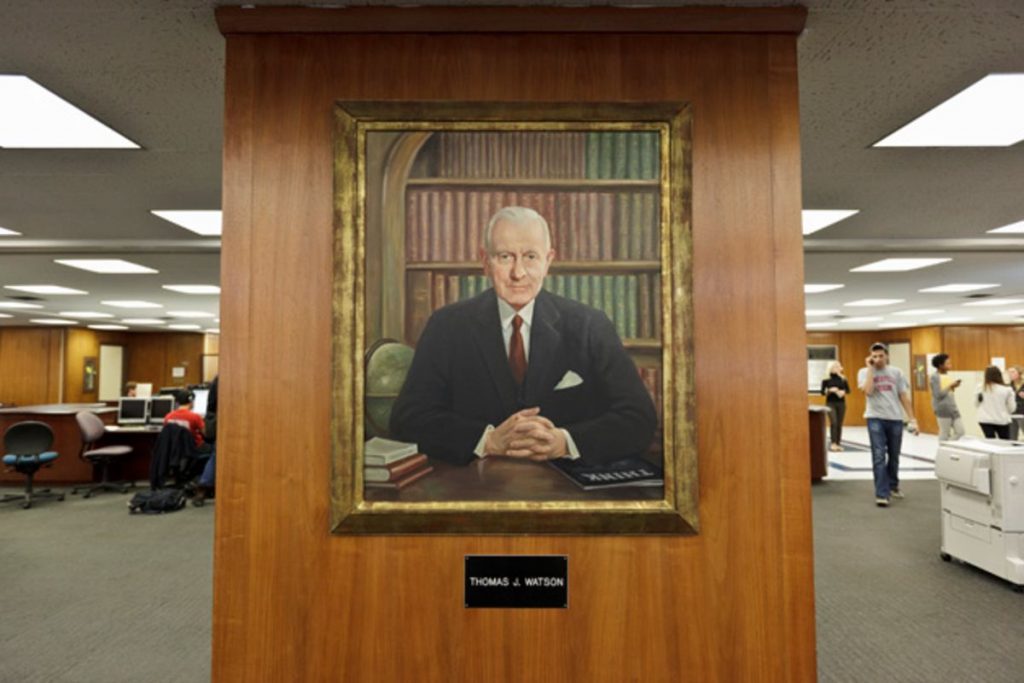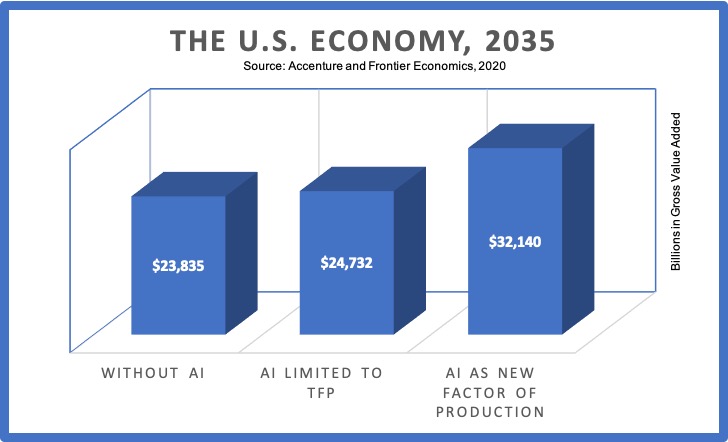Some of the things that I view as most beautiful in life are the little things by which so many big things hinge. These are things that some see as “destiny or design,” which can sometimes help nudge us to the next level of our understanding. Jung called it Synchronicity, where things are connected by no discernable cause but by meaning. Others have dismissed this concept and only walk by the pure lens of cause and effect, but are left disturbingly contemplating “spooky effects.” Rather than try to explain these things, I embrace their beauty and have learned to allow them to unfold. Let me give you a couple of examples and then discuss something they are both related to.
Ulysses and Coming to the University of Utah
A few years ago I was asked by two of my mentors to bring my ULISSES Project to BYU and work with them teaching math and econ students how to meld non-Normal distributions, Bayesian statistics, optimization technology, all pulled together with the “semantic wrapper” of the world of finance. This was something I’d spent twenty years pursuing. It’s Artificial Intelligence now, but it was really just applied math employed correctly. Both men at BYU had spent their lives perfecting teaching parts of these concepts literally just a few hundred feet apart but separated by “an uncrossable academic chasm”—namely that one was in the math building and the other in the economics building. Both buildings had helped birth great things, like the SciPy and MathPy libraries in the one and the Open Source Economics Laboratory (yes, it was started at BYU-Chicago just hired the people from BYU to transfer it there) in the other. It seemed perfectly logical to go to BYU and work to meld the two worlds, but then something intervened.
Literally days before I was to make my decision, I found myself unexpectedly talking to the Associate Dean at the University of Utah and she asked me to join the University of Utah David Eccles School of Business to help build the curriculum of the future, infusing it with applied math and computing all the while addressing real-world social issues which I find so important. I told her that business schools were not environments where one could attack the future head-on, saying that the future belongs to computer science, math, and statistics departments. She insisted and asked me to think about it for a few days. As I left the Business School thinking about what she said, my eyes fell on an inscription on a wall literally directly across from the entrance of the David Eccles School of Business. I’ve presented that below.

For those of you who don’t know, those are lines from Tennyson’s famous poem Ulysses, not only one of my favorite poems but one of the reasons I gave the ULISSES Project its name. Suffice it to say that this kicked off an amazing set of events over the next few days and it was soon obvious that the ULISSES Project was supposed to be at the University of Utah. When I informed my mentors, they said it was obvious to them also. It has been an amazing ride since, having met visionary people and made good and lasting friends, an amazing and beautiful thing that I reflect on often. I still don’t know who put that sign there, but at least for me, I’ve found the why.
Columbia, IBM, and AI
I went to get my Ph.D. at Columbia University because I was obsessed with merging the semantics of finance with a set of technologies including what I call McDonald-Pearson distribution trees, Bayesian updating, and few other technologies like the optimization work done by Bixby. Columbia was at the time the one place in the world to get those things brought together in a cross-disciplinary and applied manner. Little did I know, when I accepted Columbia’s offer, that IBM has probably been the single most powerful industry connection for Columbia since the emergence of the computer.

Because of the close connection that Columbia had and continues to have with IBM, I had the privilege of being taught by a few IBMers doing interesting things like helping on Deep Blue. As an aside, the battle between Deep Blue and Kasparov happened exactly when I studied with these people. As a result, those IBM guys were probably the single biggest influence to get me to go out to industry and see my ideas applied. That was a fateful decision that I have not regretted for a moment. Since Columbia, over the years, it seems that IBM and former IBMers to some degree have been a constant in my life.
When the ULISSES Project gained its patron Dell, I was given only one condition—I couldn’t work with IBM as Dell viewed them as competitors. Reluctantly, after some discussion, I agreed. Fast forward a few years and my partner Hal and I decided to go at it independently to build the Joshua Mark II, effectively freeing ourselves from the no-IBM constraint. Now here’s the strange thing. Within weeks of freeing ourselves from the IBM constraint, I found myself going out to Oregon to talk to a team member and in that process starting a discussion with the old Bixby team, who had since left IBM and set up their own cutting-edge company that has its HQ just a few miles from where I went to high school. Just a month later I was asked to speak to yet another group that had helped oversee the IBM Watson project. I see it as inevitable that something will happen with one or both of these groups with the ULISSES Project. Kind of like the feeling that I had when I walked out of the David Eccles School of Business and saw the quote from Tennyson.
DARQness and the Diamond Age
So back to IBM. A few days ago, I was doing some analysis on IBM and other companies in the IT Consulting Business Sector. As could be expected, the companies were all discussing the coming impact of AI. In short, IBM and its competitors like Accenture stated that the era of SMAC (Social, Mobile, Analytics, and Cloudification) was over and we are moving to a new time of DARQ (Distributed Ledger, Artificial Intelligence, Extended Reality, and Quantum Computing). The three companies providing 70% of revenue for 2019 (IBM, Accenture, and DXC) stated that this was the future and AI could help us transition back stronger than before in this COVID-19 world. Interestingly Neal Stephenson wrote about each of these DARQ areas years before in the Diamond Age.
As I’ve stated before, it’s not about embracing the technologies but embracing them correctly. For example, utilizing open-source distributed ledger or Blockchain to accommodate new businesses and not to simply speculate in Bitcoin or facilitate dark market purchases. I’m a great believer in these DARQ technologies, we just need to handle them the right way. For example, using AI technologies to help us make better decisions, with human beings imparting meaning and the machines helping us infer relationships. If we can learn to work together with the machines, we have a very bright future ahead. Presented below are three scenarios presented by Accenture and Frontier Economics about this very idea.

What the graph highlights are that with the gradual declining rates of GDP growth around the world, it is no longer capital or labor that will be the driving force of growth, but instead it will be the third factor of production, AI. If we can embrace this, what they are saying is that the U.S. economy will grow at twice the rate that it would otherwise. This is no small claim: it is stating that it will usher in a new Golden Age, or perhaps more appropriately, a new Diamond Age for the American and global economy. It’s best to close using these stats from IBM, which stated that of the over $7 trillion of value that can be generated in the next 15 years by harnessing AI correctly, hundreds of billions of that value will be in finance and medicine, in effect creating entirely new industries such as Wellness in Healthcare and Integrated Modeling in Finance.
Something to think about as we ponder the future.

